Still Water and Waterfall Photography Tips
Take Your Nature Photography to the Next Level!
1 Waterfalls & Fluid Streams 瀑布和液流
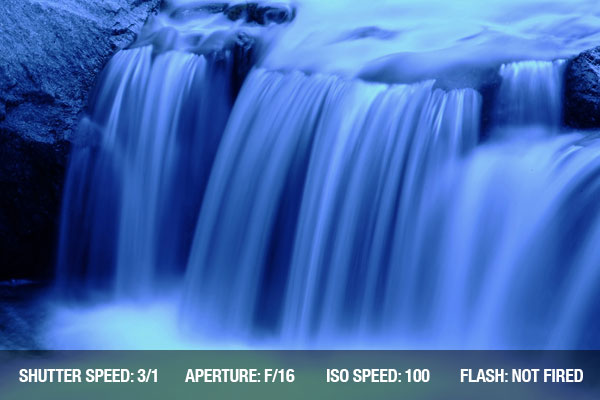
Waterfalls are often photographed landmarks. One of the most stunning ways to capture a waterfall or a flowing stream is to show movement. This is possible if we use a slow shutter speed – you need to experiment to find the perfect timing but starting with 2 seconds is a good point. You must place your camera on a tripod – hand holding it will never do – and try not using a flash. You can also choose a small DOF (depth of field) of f/16 so that the image looks sharp. Use your camera’s self-timer or a cable release to take the photo with absolutely no blurring.
2 Use Slow Shutter Speeds 使用慢快门速度
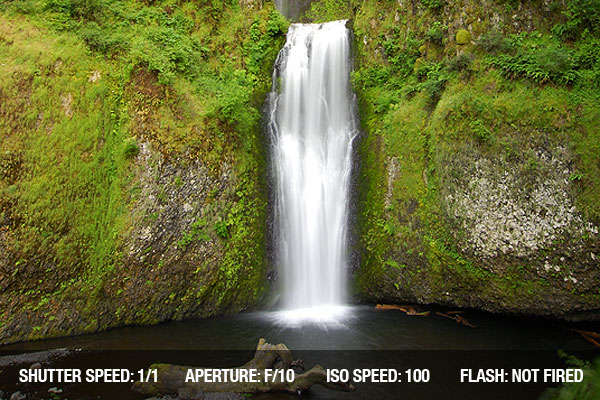
During the day it isn’t always possible to have a shutter speed seconds long because there is just too much light reaching the camera. However, there are certain things you can do; for example choosing a low ISO of 100, 50 or 25 if you have this on your camera. Use a neutral density filter and a polarizing filter to reduce the amount of light hitting your camera. This will give you a fairly slow shutter speed, so use a tripod or a stable surface to rest on. If you don’t have a tripod then you may have to fire the flash, so that the background is still sharp but the water has a whitish blurred effect.
3 Freeze the Motion 使物体凝固
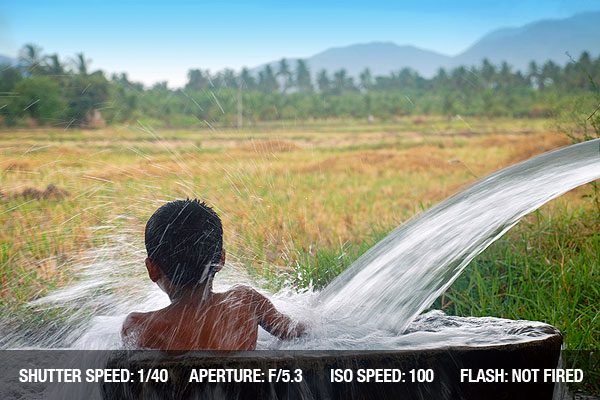
Freezing the movement of water gives a dramatic effect since water moves fluidly. You need to use a fairly fast shutter speed to freeze the action. You can also try other techniques, such as using flash, or opening the aperture wide open to let in more light. Using a tripod and multi or continuous shooting mode is advised as you will want to capture a series of shots of the water moving before selecting the best one.
4 Use Water as a Mirror 水为尔镜
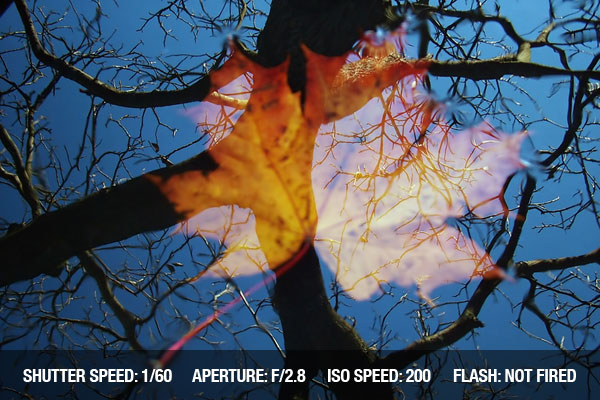
Water can be used as a mirror if it is a calm day. Choose scene with interesting details; it can be a passing animal, or it can be branches of a tree. Photograph the water only to get the reflection of the subject. Try not to use the flash as it can leave a ‘hot spot’ in the water, and make sure to attach a polarizing filter which will reduce glare from the sun that may reflect off the water. Choose a reasonable shutter speed so there is no blurring.
5 Still Water Runs Deep 静水深深
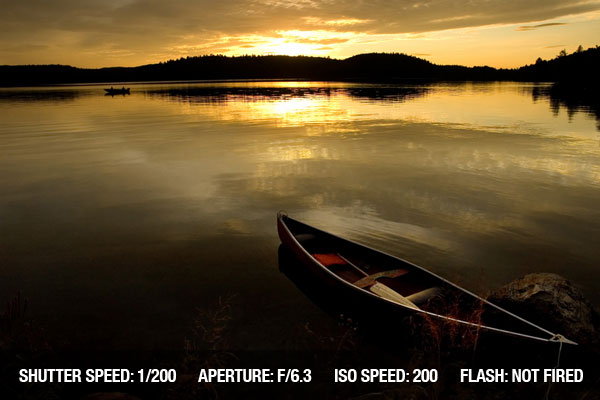
What if there is no movement at all with the water? Still water provides a beautiful effect; reflections. The best time is when there is a dramatic sky, sunset or sunrise over a lake. Choose a location with a tree, rock or boat as a focal point; without one the image will be bland. Use a tripod and turn the flash off as this would spoil the effect. Turn the mode dial to AV (aperture priority) mode; we want f/8 and upwards for a greater depth of field and let the camera choose the correct shutter speed based on the amount of light available.
6 Capture Water Drops 捕捉水珠
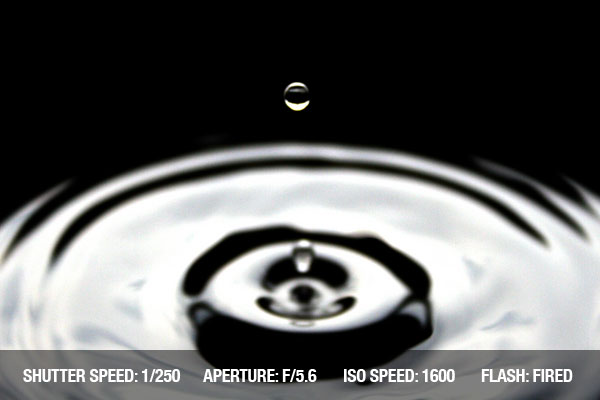
Photographing water drops is a difficult art to master – the timing must be perfect. You will have to try this many times before it’s quite right. Set your camera up on a tripod and attach a shutter release cable or remote control. Select continuous or multi-shot mode. Use a macro lens and have a light source from above the water. Fill a tub with water then let a droplet fall into the water. At the same time, let the shutter start so it takes a series of images. One of these should capture the moment the droplet hits the surface.
S Recommended Settings 有关设置
If you are trying to capture movement, take your photographs based on the shutter speed – you’ll want at least 2 seconds to begin with. In darker conditions this can be much longer, even up to 20 seconds. If you want to freeze moving water, then you can use flash or a fast shutter speed. Use multi-shot mode to make sure you have lots of photographs to choose from.
E Recommended Equipment 有关设备
A tripod is absolutely necessary if you want to photograph moving water; nothing else will give your camera a completely sturdy base. Polarizing and neutral density filters are an absolute must if you want to photograph water during the day. A powerful auxiliary flash is useful if you want to freeze moving water in a studio environment as this will reduce all signs of blurring.
C Conclusion 结束语
Water is a versatile photography subject so that need not limit you to only photographing water in lakes, streams and rivers. Remember we have water in our own home and with some creativity you can take interesting shots. You can even shoot the same scene but one with a slow shutter speed and one with fast to contrast the differences between the two. Experimenting is the best way to find the effect you are looking for.
转载自:Still Water and Waterfall Photography Tips (http://www.exposureguide.com/photographing-still-waters-and-waterfalls.htm)
为方便读者,我加了意译中文标题并对样本图的技术参数加中文注释。
